We may earn money or products from the companies mentioned in this post. This means if you click on the link and purchase the item, I will receive a small commission at no extra cost to you ... you're just helping re-supply our family's travel fund.

America’s military past is full of legendary tales; some heroic, others exaggerated by time. But in museums across the U.S., curators and historians are setting the record straight with original documents, weaponry, and declassified reports. From Revolutionary myths to Cold War propaganda, these institutions reveal how facts often clash with fiction. Whether you’re a history buff or a casual traveler, these ten museums prove that truth is just as captivating as legend.
1. Paul Revere’s “Solo” Midnight Ride: Minute Man National Historical Park, Massachusetts

While schoolbooks claim Paul Revere rode alone in 1775, the park’s archives reveal that over 40 riders carried similar warnings across New England. Revere was captured halfway, and his famous cry, “The British are coming!” was never shouted aloud. Visitors can trace the 5-mile Battle Road Trail, view preserved farmhouses, and see rare documents proving that the Revolution’s first alarm was a team effort, not the work of one lone patriot on horseback.
2. The Civil War Was Only About Slavery: National Civil War Museum, Pennsylvania
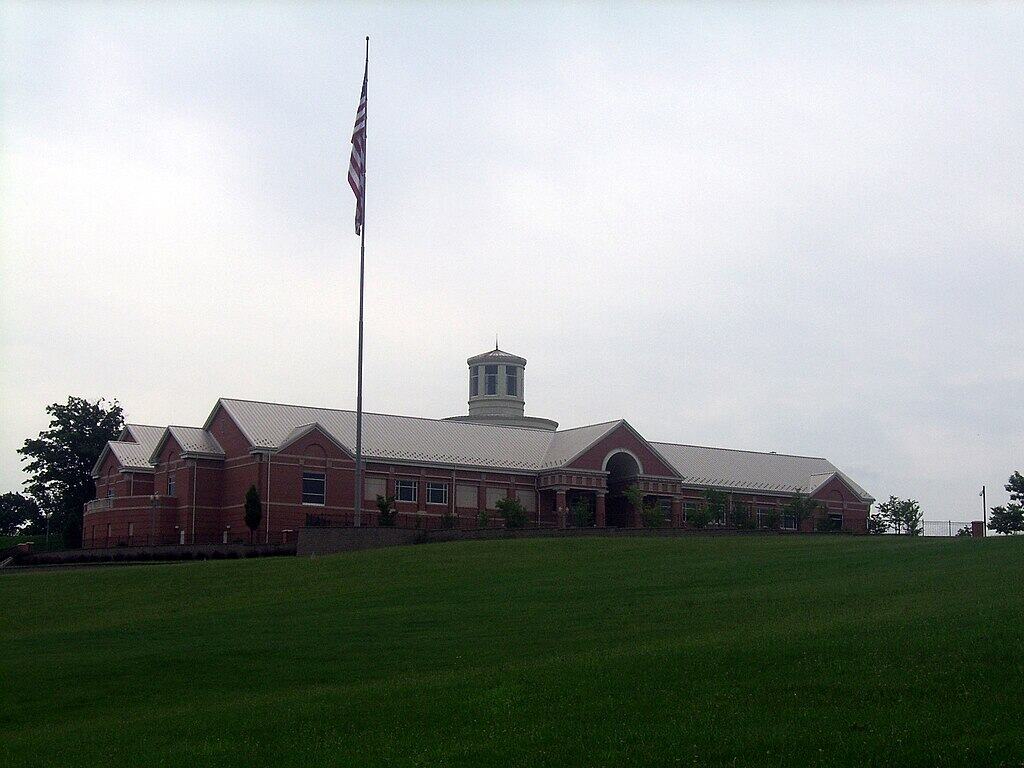
Although slavery was the defining moral issue, the museum’s 25,000 artifacts show a broader web of causes economic tension, state sovereignty, and territorial power. Exhibits use 3D battlefield maps and 1,400 soldiers’ letters to reveal competing motivations behind the war. Visitors learn that while emancipation was crucial, it merged with fiscal struggles and political upheaval that divided a nation of 31 million people beyond one single cause.
3. Titanic’s Link to Battleship Design: Battleship New Jersey Museum, New Jersey

Rumors persist that Titanic’s 1912 design shaped later U.S. battleships. Engineers at this Camden museum debunk that easily: the USS New Jersey (BB-62) used 33,000-ton armor, triple-hulled protection, and turbine systems far beyond civilian shipbuilding. Visitors can explore nine decks, observe blueprints from 1938, and compare naval schematics showing how wartime technology evolved independently—proving Titanic’s tragedy was never a naval design inspiration.
4. WWII Bombing Was “Precise”: National WWII Museum, Louisiana
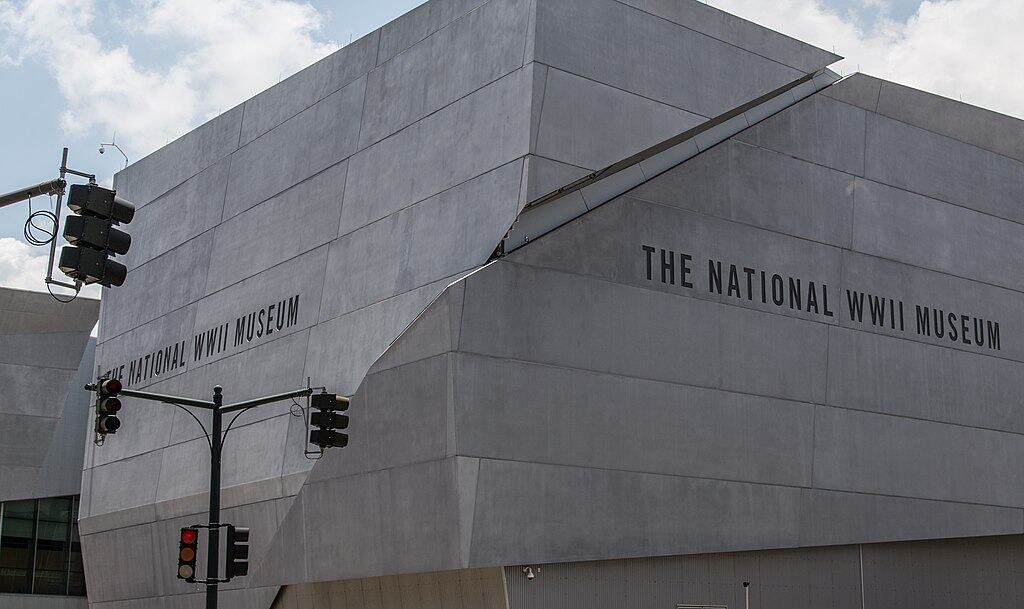
Hollywood often suggests pinpoint bombing, yet museum data shows early accuracy rates below 20%. Interactive simulators in New Orleans reveal how weather, altitude, and manual aiming caused widespread collateral damage. Through over 250 restored aircraft parts and combat maps, visitors discover the human cost and technical limits of wartime aviation. These exhibits remind us that “precision bombing” was more hope than reality in the 1940s skies.
5. “Duck and Cover” Could Save You: National Museum of Nuclear Science & History, New Mexico
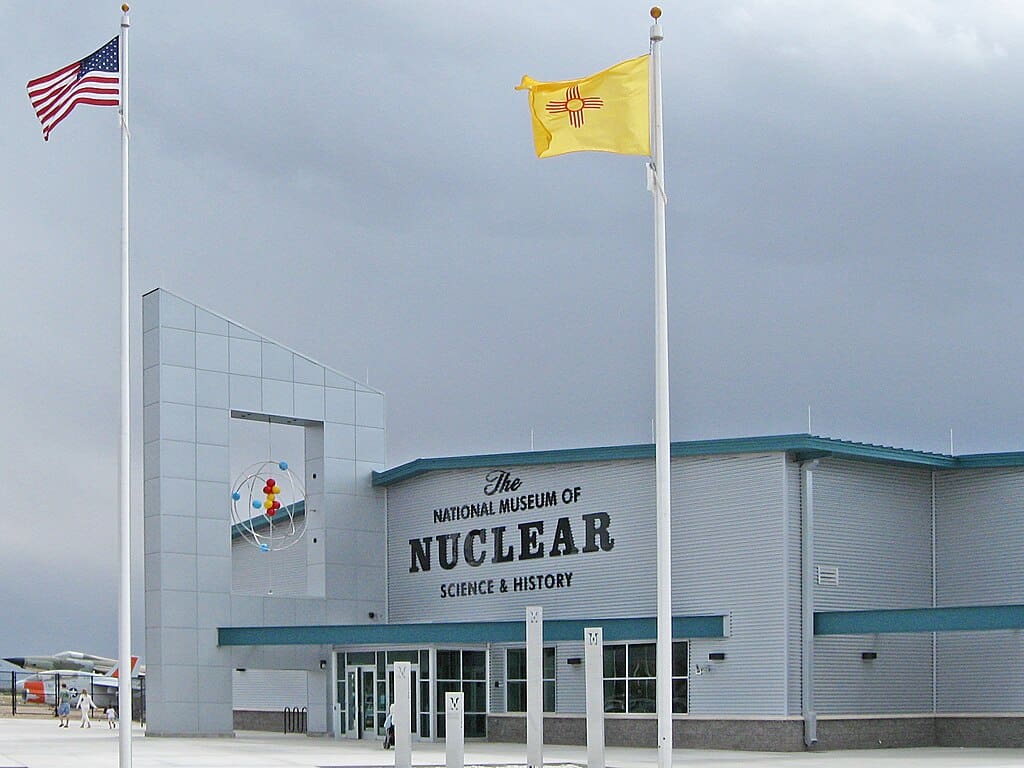
The 1951 government campaign urged civilians to “duck and cover,” but this museum exposes it as Cold War reassurance rather than protection. Declassified blast models show temperatures above 10 million°F within miles of detonation, no desk could save anyone. Through 90 nuclear-era exhibits, films, and Geiger counters, visitors see how officials sought to manage fear, not survival, during the atomic race’s psychological battlefield.
6. The Alamo Was a Purely Noble Stand: The Alamo Museum, Texas
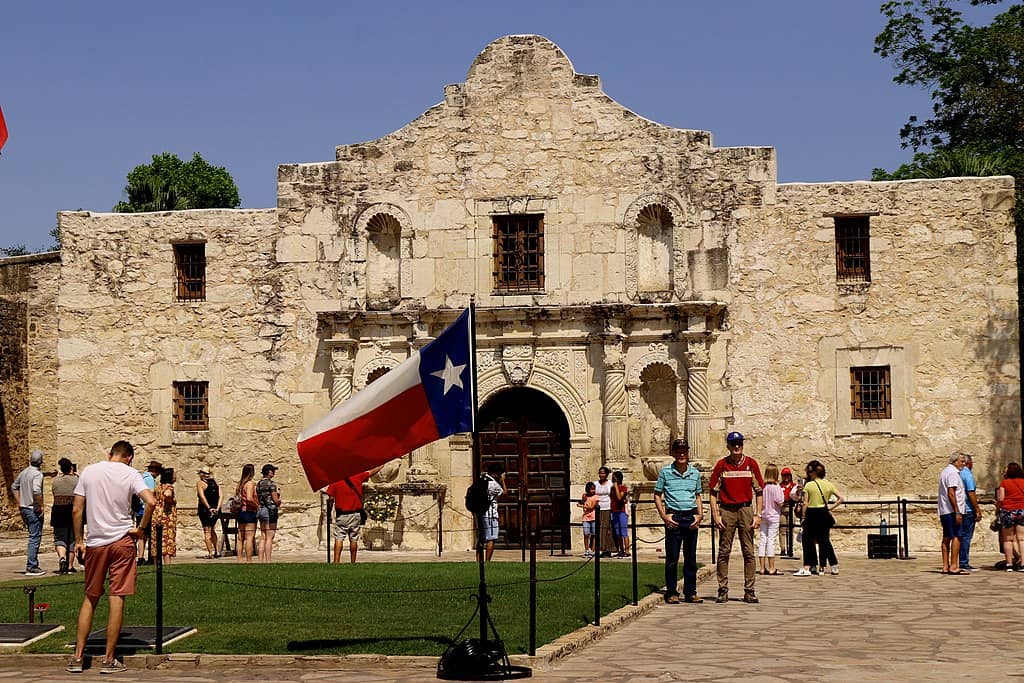
More than 180 defenders died in 1836, but the museum’s historical letters reveal complex motives beyond simple heroism. Many fighters were land seekers or adventurers defying Mexican sovereignty. Visitors can see 17 original weapons and period uniforms that expose the gritty political and personal stakes at play. Rather than a mythic last stand, the Alamo emerges as a human story of ambition, courage, and costly miscalculation.
7. The Space Race Was PeacefuL: Smithsonian National Air and Space Museum, Washington, D.C.
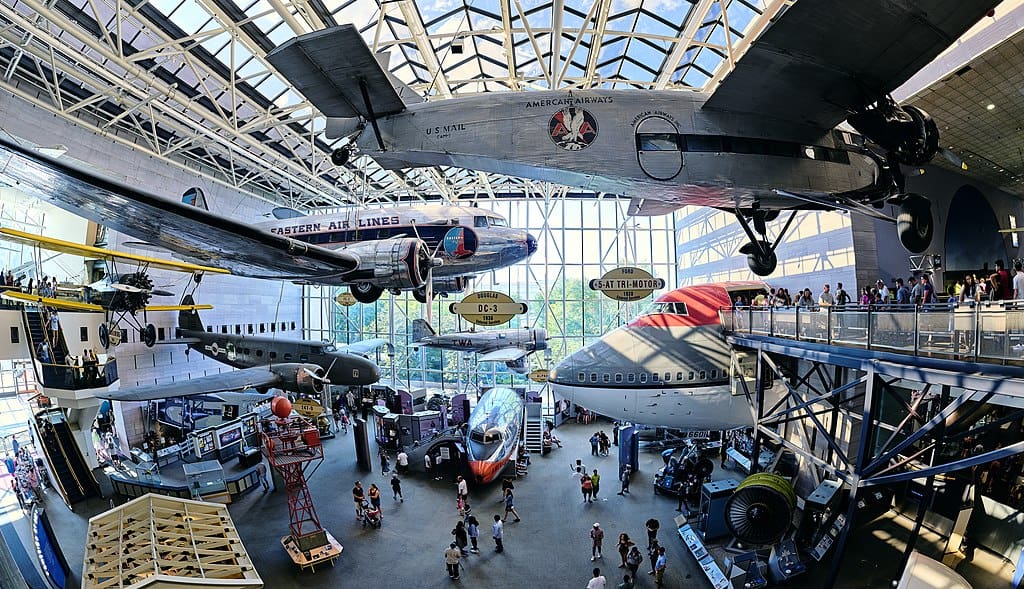
The sleek rockets and capsules on display were born from rivalry, not just discovery. The museum’s Cold War gallery shows that over 60% of early NASA funding stemmed from defense programs. Intercontinental missile prototypes like Atlas and Titan II highlight how scientific glory masked a military competition for orbital supremacy. Visitors leave realizing that space progress and military innovation were inseparable parts of the same struggle.
8. Native Warriors Were Primitive: National Museum of the American Indian, Washington, D.C.

Far from primitive, Native armies demonstrated advanced tactics centuries before colonization. Exhibits detail how more than 200 tribes employed ambushes, coded signals, and battlefield coordination. Visitors can examine 15th-century weapons, reconstructed forts, and strategic maps showing how Indigenous leaders like Tecumseh adapted European firearms and terrain mastery. The museum reframes Native resistance as calculated military strategy—not savage spontaneity.
9. Women First Served in WWII: Women in Military Service for America Memorial, Virginia
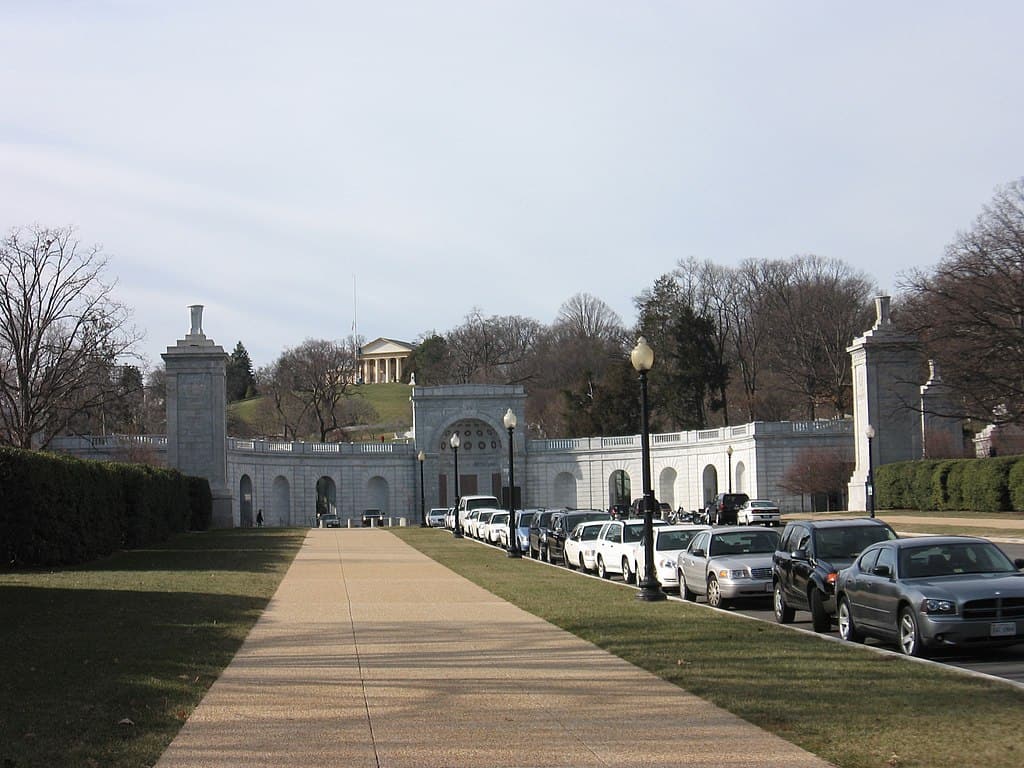
Contrary to belief, women have served since 1775. The Arlington museum showcases 700 uniforms and diaries proving female soldiers, nurses, and spies operated long before World War II. From Deborah Sampson disguising herself in the Continental Army to the 350,000 women enlisted during WWII, the exhibits highlight centuries of quiet heroism. This memorial rewrites the record, women were never newcomers to America’s wars.
10. The U.S. “Lost” Vietnam on the Battlefield: National Veterans Memorial and Museum, Ohio

Artifacts and strategy maps show the U.S. won most major battles inflicting a 10:1 casualty ratio, yet public opposition at home turned victory into withdrawal. Through over 20 multimedia exhibits, visitors learn how politics, media coverage, and shifting morale, not battlefield defeat, ended the war. The museum’s reflection room emphasizes that military success means little without political and social unity behind it.